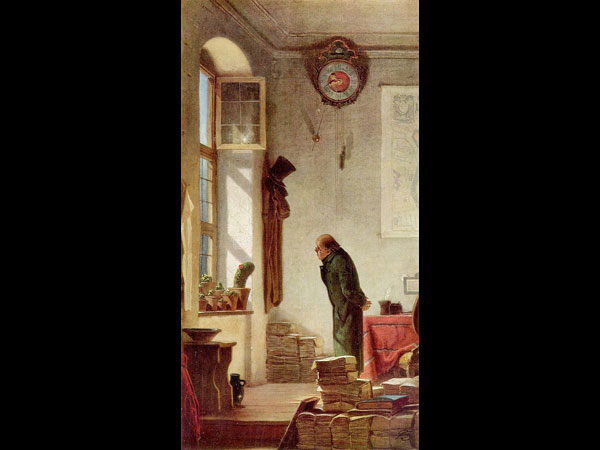[Play this while you read]
“I think boredom is the beginning of every authentic act. (…) Boredom opens up the space, for new engagements. Without boredom, no creativity. If you are not bored, you just stupidly enjoy the situation in which you are.”
Says the Internet Pop-star, Slavoj Žižek.
Boredom has always had a negative connotation attached, while remaining a constant emotional state experienced by every single one of us (in varying levels). We find new ways to escape from it – Facebook (Snapchat for the young souls, I believe), video games, or even going out. But, who hasn’t scrolled through their feeds with absolute inattention and disinterest, or been bored in a party where the person next to you looks like he’s having the best day of his life.
Edward Hopper, in his painting Rooms by the Sea (c. 1951), brings out the emotion with the visual cues of solitude and dullness. Simply staring at the painting can trigger the feelings of drowse.

Another beautiful portrayal through art of the same emotion is found in Der Kaktusliebhaber’s work, The Cactus Lover (c. 1850). The clock, which is the calculator of boredom, is touching the ceiling while The Cactus Lover bores his sight into the phallic, yet flaccid object. A dull afternoon and a droopy human body looking at something barely stimulating.

The advocates and researchers of Boredom (Bench SW et al.) propose that “boredom increases autonomic arousal to ready the pursuit of alternatives”.
By motivating desire for change from the current state, boredom increases opportunities to attain social, cognitive, emotional and experiential stimulation that could have been missed.
Eva Hoffman writes in her book How To Be Bored 
“True engagement – the ability to give ourselves deliberately and unreservedly to a task or a personal interaction – arises from a clear sense of our own desires, goals and intentions. It is when our energies and our perspective are replenished that we can return to our active lives with a renewed sense of pleasure and commitment. In other words, it is only if we periodically disengage, that we can become truly and effectively engaged.”
There are different theories trying to understand the different types of Boredom. The most popular Typology of Boredom has categorized it in 5 forms: i. Indifferent; ii. Apathetic; iii. Calibrating; iv. Reactant; v. Searching
Apathetic is a new member in the family, discovered in the year 2013 by Goetz et al. We have a little more nuanced understanding of our feelings of boredom. Sandi Mann and Rebekah Cadman researched on the creative impacts of Boredom and found out that it boosts creativity.
Most of us tend to find the much needed recognition of potential while we’re in that state of tedium. It’s out of that pent-up energy do we move forward and make plans and get excited about future prospects. A wandering mind breaks the barriers of focus and attention, the idea of thinking straight (cross-culturally we have the same hand gesture for focus too – a straightening motion from the head towards the object that requires attention). If focus is a straight line, boredom is infinity, an abstract concept beyond any bounds.
[…] Source: The Bureaucracy of Boredom […]
LikeLike
Reblogged this on and commented:
Three of my favourite things: art, boredom and Zizek
LikeLiked by 1 person
The Edward Hopper painting is the cover for a book called ‘Boredom: a lively history’ by Peter Toohey I think… have you read it? (If so… is it worth buying? I am buying too many books these days… if that’s possible!)
LikeLike
Hi Katy! It’s a good book from an academic standpoint, Toohey goes into the technical definitions through Psychology as well as neurology, which is beyond what Eva Hoffman did (she mostly stuck to the philosophers).
It is an interesting read, but the standpoint behind it is the same (and you can find those papers online for free).
LikeLike